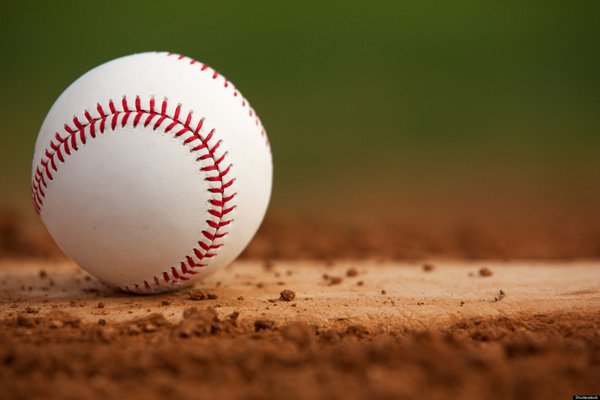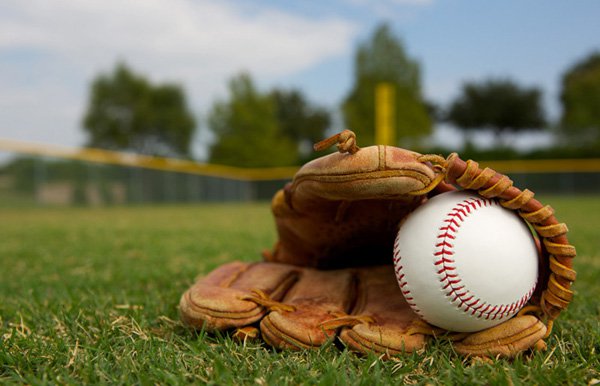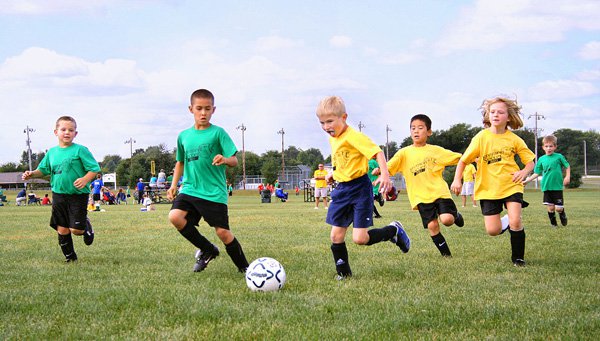
Our baseball athletes are always looking to the future. They are training for their next game, drilling for the next level of performance and trying to find the perfect bat. We love that about them.
It's time to get serious about BBCOR. This new standard measures bat performance and replaces the old standard called BESR. Starting in January 2011 for NCAA (college level) play and January 2012 for NFHS (high school level) play, all bats must be BBCOR certified. BESR (Ball Exit Speed Ratio) is no longer considered accurate enough to determine the actual performance of differing bat models.
What is BBCOR?
BBCOR (Batted Ball Coefficient of Restitution) is a name convoluted enough to make even the geekiest ballplayer gulp. We'll try to explain it to you as best as we can.
Instead of measuring the speed of the ball after it is batted, BBCOR measures the "bounciness" of the ball and bat, or the "trampoline" effect. Whenever a bat hits a ball during a game, the ball actually compresses by nearly a third.
A pitched ball holds a lot of energy that you can see in the spin and speed of the ball. With solid wood bats, much of that energy is lost as the ball compresses at impact. The batted ball speed gets a lot of its energy from the bat. With hollow-core aluminum or composite bats, the thin walls "give" a little, and the ball distorts less and retains its pitched energy and adds to it the power of the bat speed. That's why non-wood bats hit balls faster.
The loss of energy at collision is what BBCOR measures. The less energy lost, the faster the ball speed after it gets launched off the bat.
I'm Still Confused.
A simple way to think of BBCOR is to jump up and down on a hard floor. It takes a lot of energy in your legs to get off the ground. The floor doesn't help at all. Contrast that feeling by jumping on a trampoline. Even with very little energy from your body, you will still get a bounce because that energy isn't being absorbed by the trampoline. Instead, the trampoline is flexing with the impact and then "bouncing" back to its original shape, thus launching you higher into the air.
Okay, so what does this mean for baseball?
It's that faster flight that has changed the game of baseball over the last several years. Home runs are far more common today as they were 20 years ago. With a 10-15% decrease in bat performance, the game will be much more balanced among all players. Slower balls will also address some of the safety concerns that have become more prevalent in recent years.
According to their own explanations of the new standard, both the NCAA and NFHS want all bats to have the same performance factors as the best wood bats. While it may still be cost effective to purchase aluminum or composite bats that will last longer than wood bats, it won't necessarily make you a better batter. You'll have to swing faster and more accurately to get the same hits as before.
Does this mean I need a new bat?
If your team plays under NCAA or NFHS guidelines, yes. You probably need a new bat. Fortunately, bat manufacturers have been able to adjust their designs with very little notice. The first BBCOR-certified bats start swinging into the warehouse in August 2010.
Manufacturers are modifying aluminum and composite bats to make the walls stiffer. Sometimes they are actually inserting a block behind the sweetspot so it won't flex as much. Other times they are simply adding thickness to the wall.
Adjusting to the new standards will certainly be difficult for some players, but the change will take the game back to its roots. Eastbay will continue to help improve your game by providing you with the most options and the best advice to accentuate your performance, especially when big changes like BBCOR happens in the equipment industry.
Selecting the Appropriate Baseball Equipment: The Required Gear

Nigerian to join Arsenal for £2m


Copyright © www.mycheapnfljerseys.com Outdoor sports All Rights Reserved